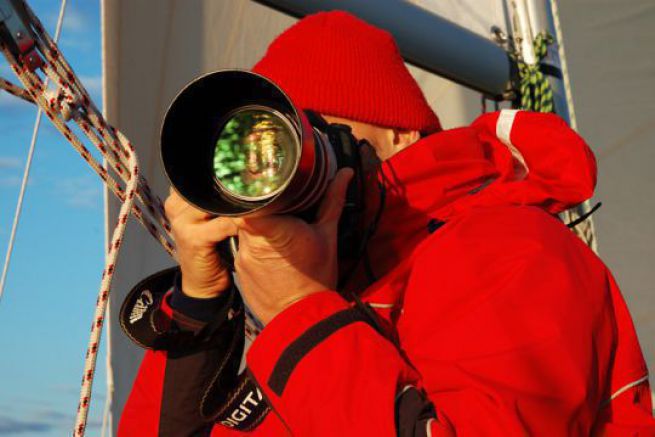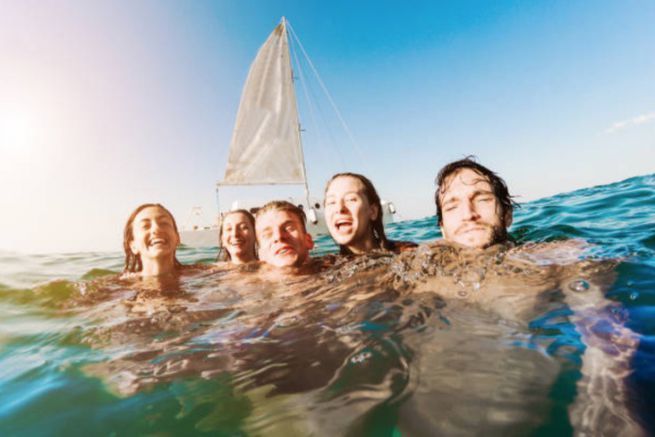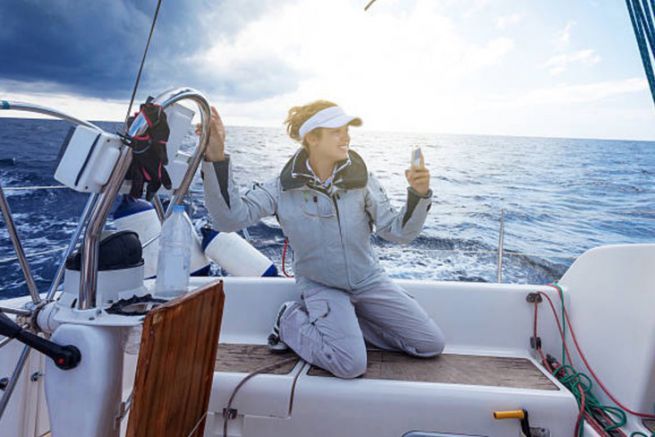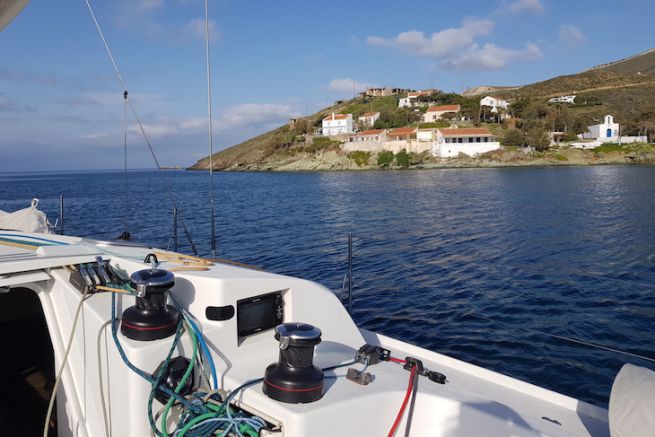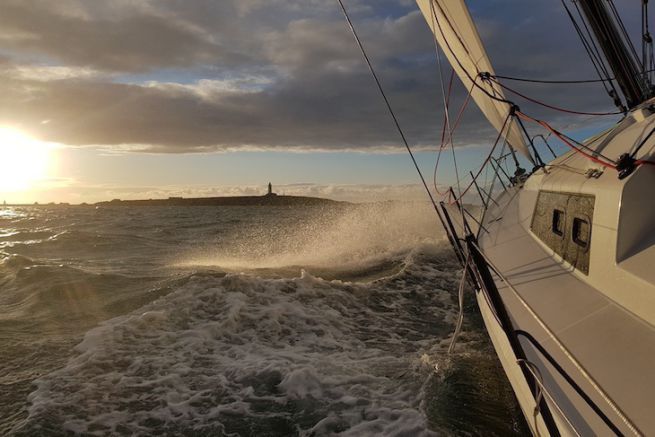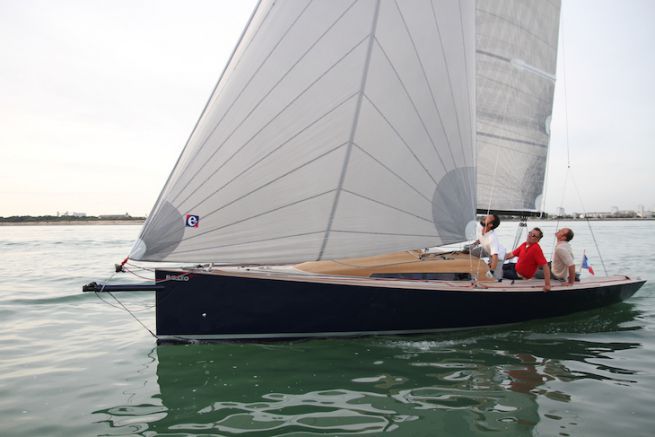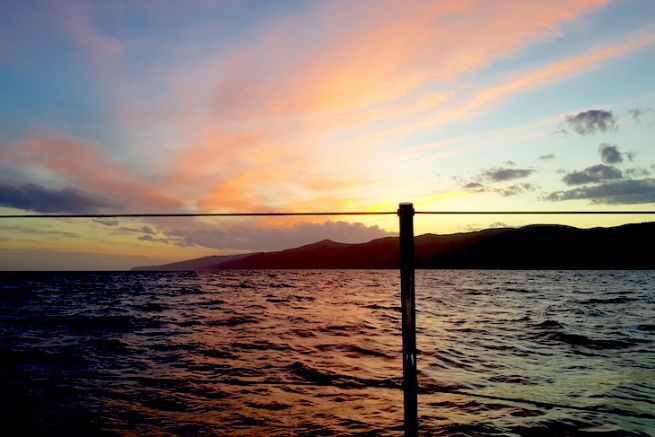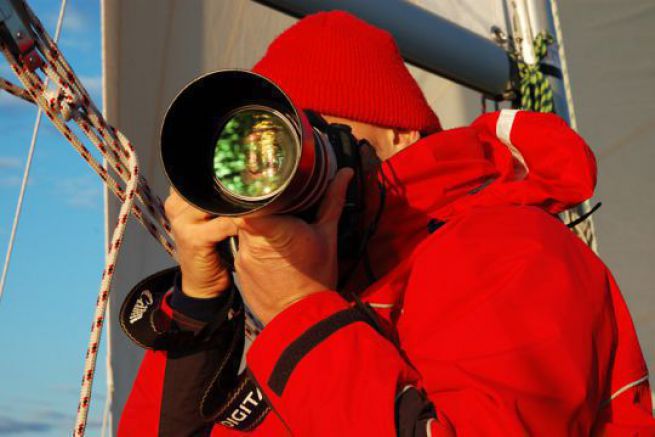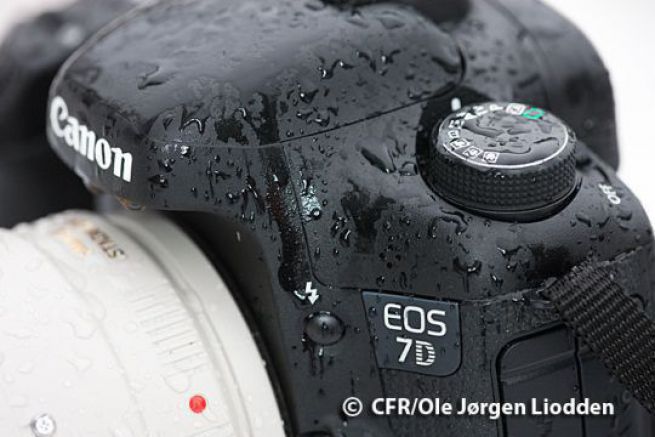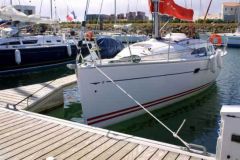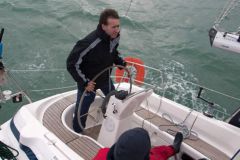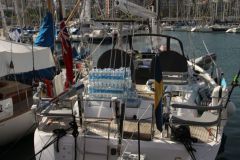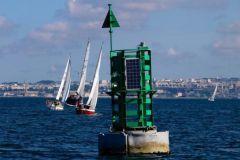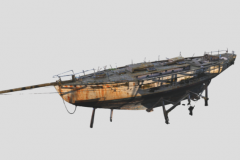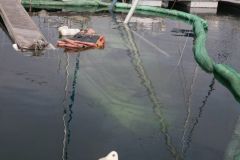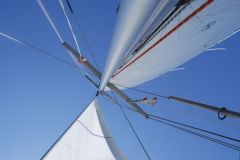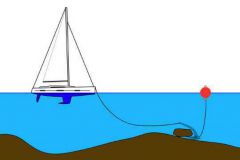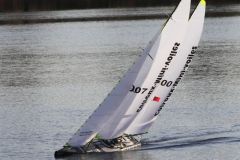The market is full of high-performance solutions. It is very difficult to establish a standard material. You must first define your program... and your budget.
What objectives?
For objectives, it's a lot about performance and budget. Favour weight reduction, this will allow a better balance when taking pictures and traveling on board easier. Focus question: from 16 to 400 mm the gaps are open. If you only want one goal, Tamron or Sigma offer compact and stabilized zoom lenses that are versatile and compatible with the most popular camera brands. Several camera lenses can be used:
- Wide-angle Landscape: Very useful for taking landscape photos and getting the maximum number of elements in a photo. It includes about ten focal lengths. The largest is the Fisheye with a 180° view. Focal lengths from 14 mm to 35 mm
- Standard Corresponds to the human eye's field of vision and is suitable for taking a variety of photographs, including portraits. Focal length from 35 to 50 mm (which corresponds to what the human eye sees)
- Telephoto lens for taking tight shots of elements that are very far apart (from 135 mm)
- Large telephoto lens To take pictures of elements from a distance (which is often the case for boats). From 300 mm
Choosing the right equipment
There are"tropicalized" cases to protect it from water and dust. These are materials that withstand moisture. Otherwise, opt for totally waterproof boxes, depending on the boat you are sailing on and the weather conditions. It is a range which is generally reserved for a professional activity. There is the possibility to put some boxes in waterproof bags, but this often makes their use complicated. Otherwise, there are many means of protection on the market. There are also neoprene covers to protect the lenses, but this is not 100% waterproof.
In extreme conditions, waterproof diving chambers can even be used. But these are mainly techniques reserved for professionals, such as on the Volvo Ocean Race for example.
To protect your equipment, read how to protect your photo equipment during your boat trips: the 5 tips from pro !

Adjust your housing.
Taking beautiful pictures with a reflex is probably more complex than with a compact even if they have an automatic program. The many settings will affect your photos. The body settings are neutral enough, so feel free to push the contrast, sharpness and color saturation if you want more vivid pictures.
You too, if you take your photos at sea with your reflex, share your tips and tricks in our forums...

 /
/ 